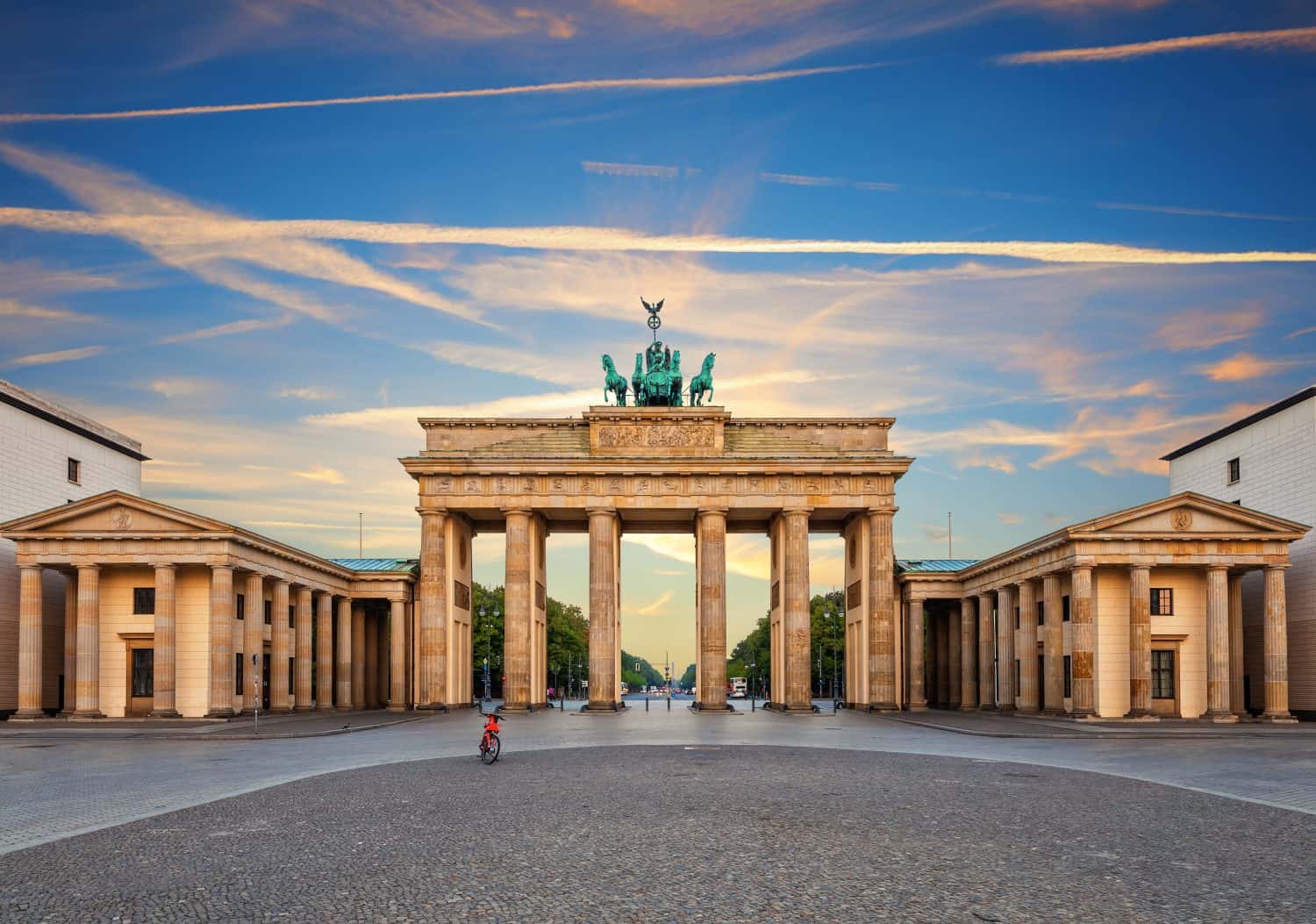
Germany today is one of the most admired countries in Europe and around the world. Nevertheless, it isn’t far from anyone’s mind that they tried pretty hard to conquer Europe and came darn close to it. Few people realize, though, that before the world wars Germany had 11 colonies in Africa, Asia, and the South Pacific. German influence is still evident in some of them, in some surprising ways.
24/7 Wall St. Insights
- Germany was late to the European rush for colonies.
- Its colonies were disconnected and remote.
- Some of them still show colonial influences.
- Also: 2 Dividend Legends To Hold Forever
The Age of Colonization
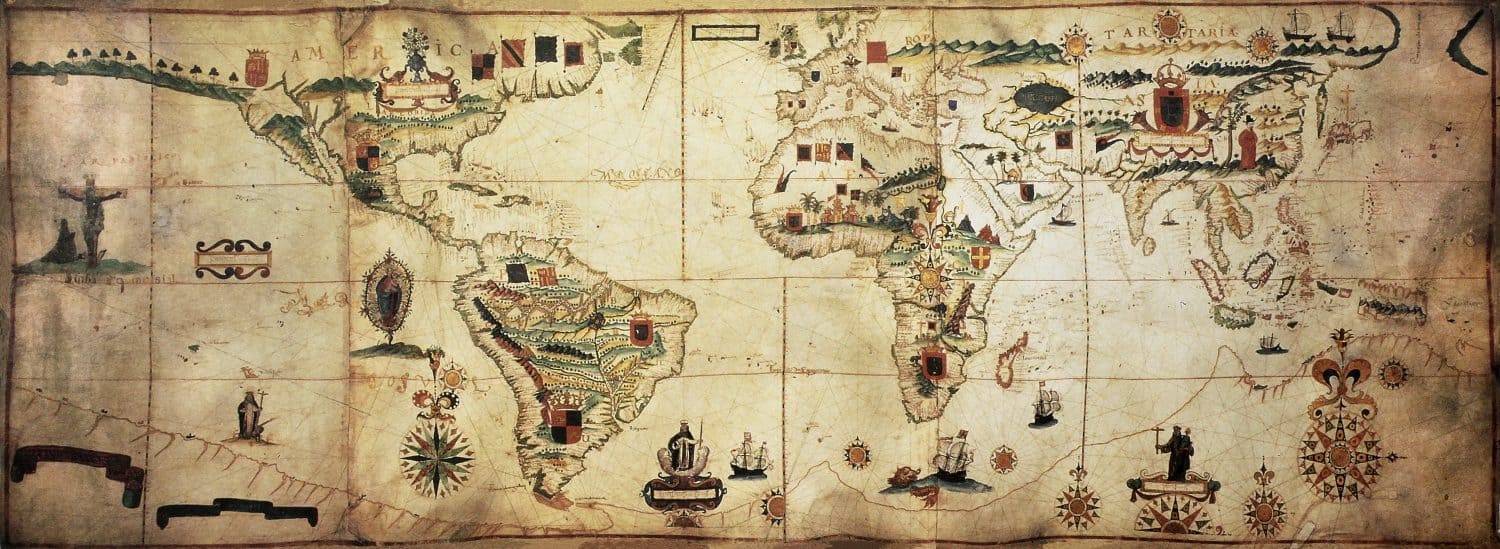
Between the late 1400s and the early 1900s, European countries colonized most of the world, leaving the stamp of their cultures everywhere. Key motivations were “God, gold, and glory.” In other words, winning converts to their religion, exploiting the natural resources of their colonies, and making their country look strong and important.
German Unification
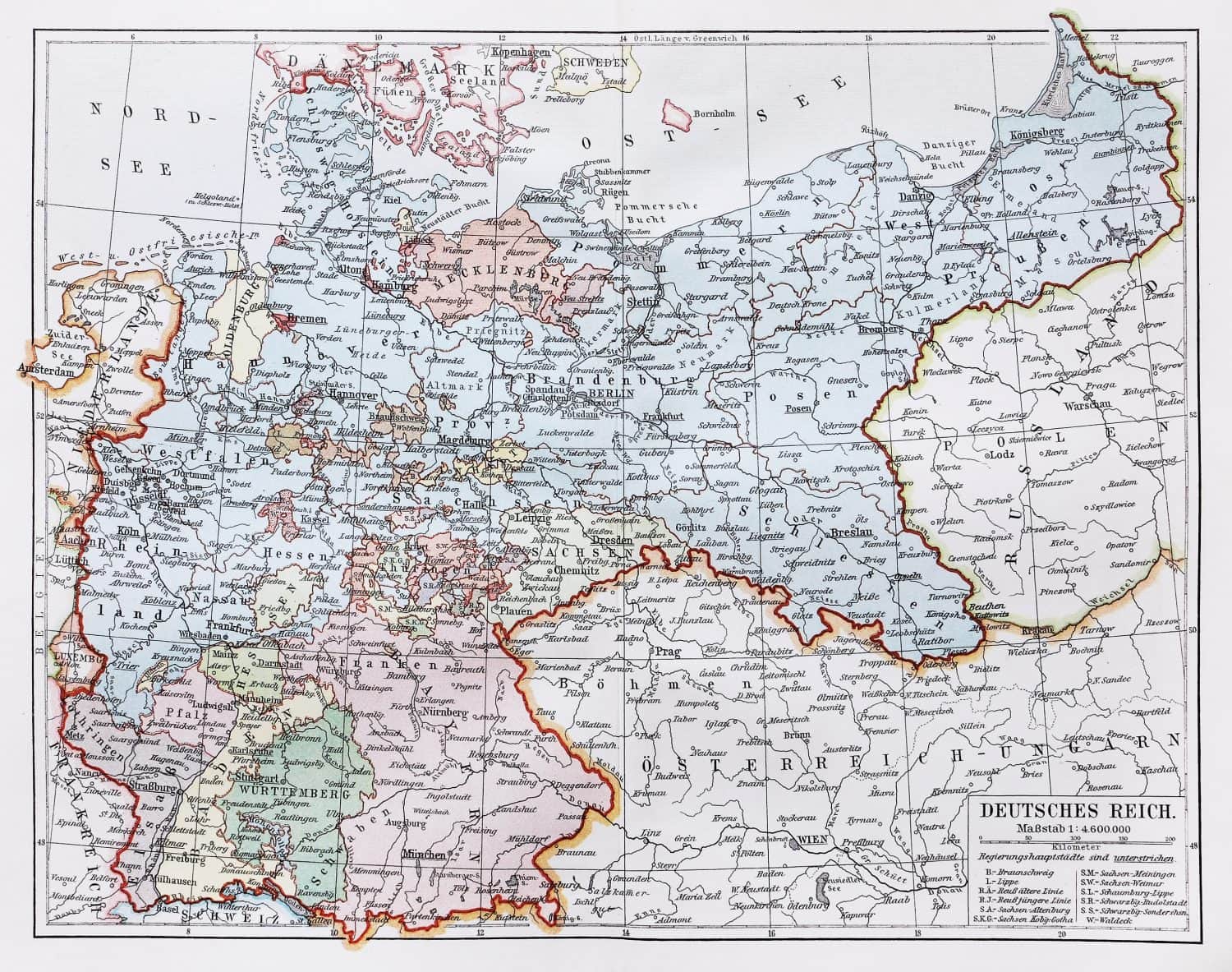
Germany through most of the period of European colonization was divided into hundreds of small kingdoms, principalities, dukedoms, and other feudal states with shifting alliances and constantly at war. Under Prussian leadership, Germany finally united into one country in 1871.
Germany’s Colonization Effort
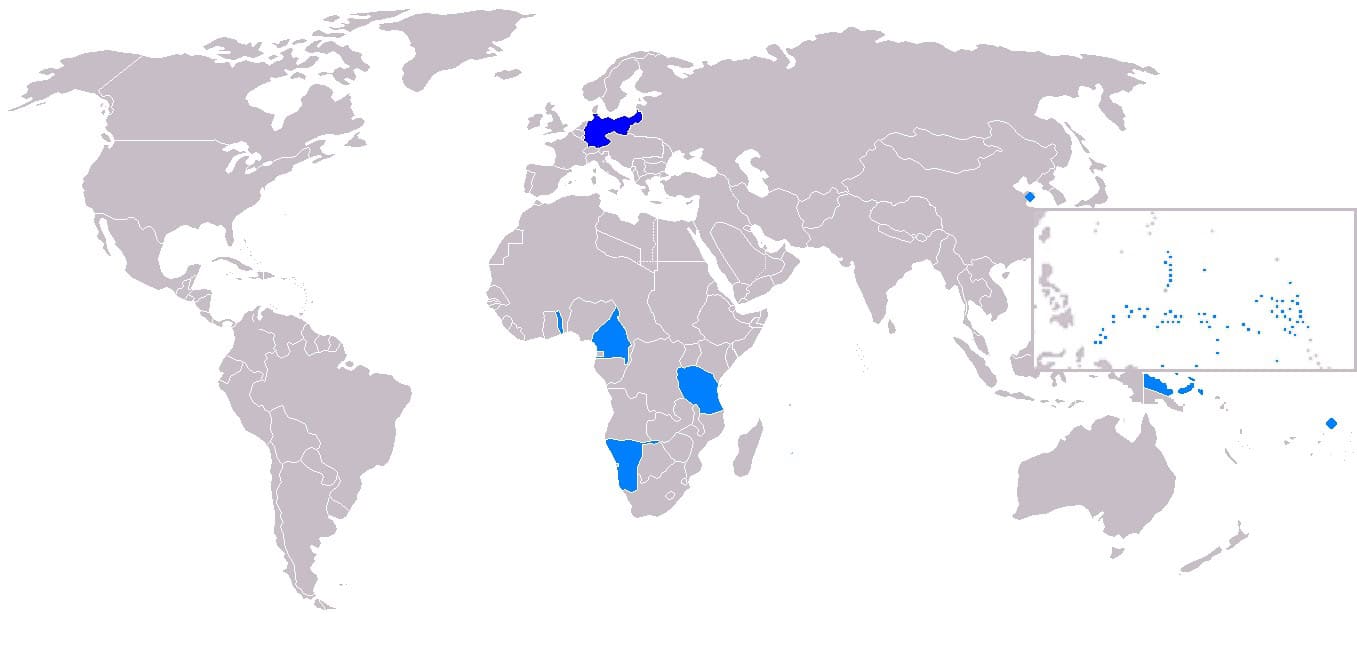
About 13 years after unification, Germany turned its attention to acquiring overseas colonies by purchase, military occupation, and by negotiation with indigenous people in the few parts of the world that other countries had not already claimed. This was a way to assert that Germany had “arrived” as a major European power.
How Did Germany Administer Its Colonies?
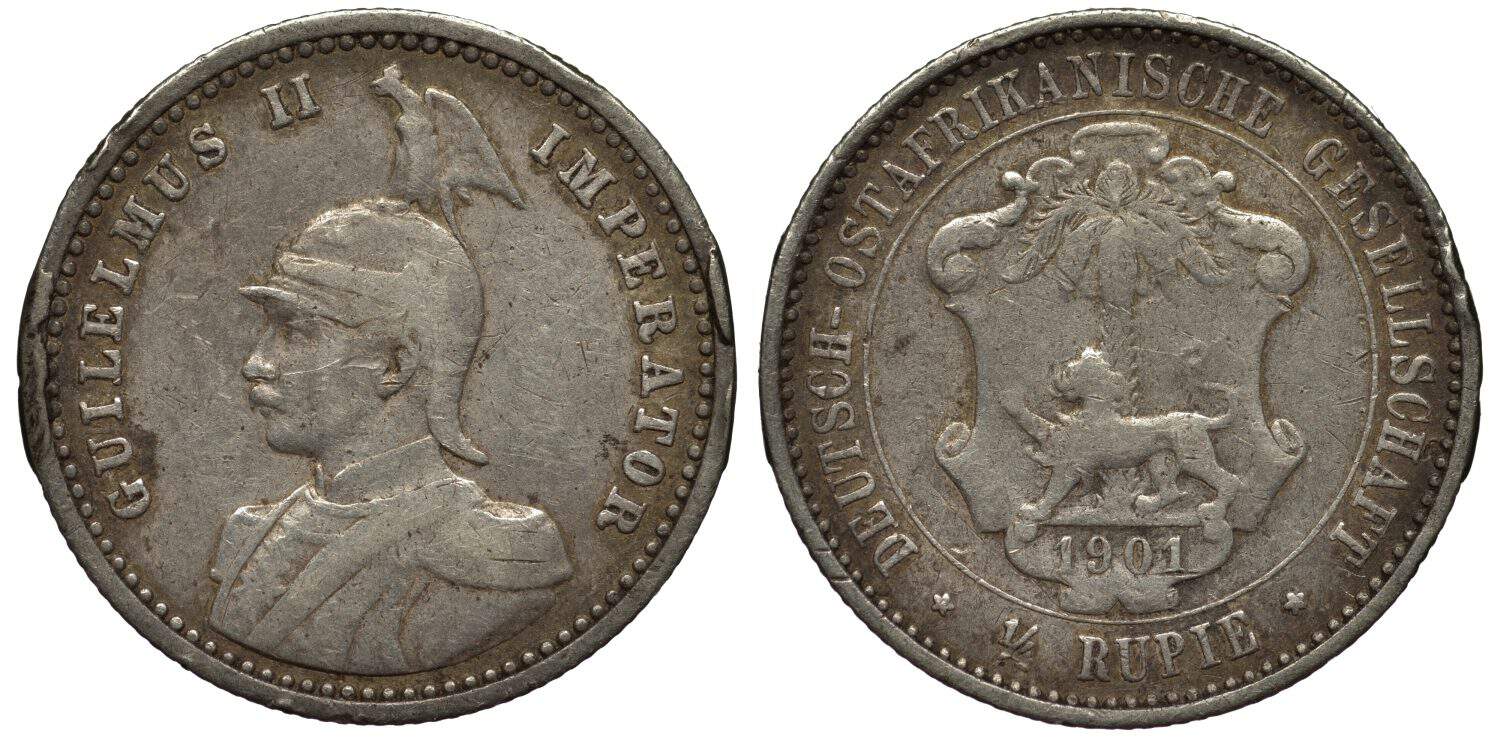
Germany administered its colonies through a combination of direct rule and indirect rule through local leaders. As in most colonial situations, the treaties were unequal and led to abuse of the local population. In German colonies, slave labor, corporal punishment, sexual abuse, and capital punishment were some of the documented human rights abuses.
How Many Germans Moved to the Colonies?

Tens of thousands of ethnic Germans moved to its colonies as administrators, Christian missionaries, medical personnel, teachers, plantation owners, and entrepreneurs. Tanganyika was the largest German colony and also received the largest numbers of colonists, in part because of the mild climate in the highlands that was more comfortable for Europeans than more tropical areas.
How Did Germany Lose Its Colonies?

During World War I the Allies engaged in smaller military campaigns to take control of Germany’s African colonies. After the war, the punishing terms of the Treaty of Versailles stripped Germany of all its colonies and transferred them to Allied control.
What Are the Enduring Effects of German Colonization?

Germany ruled its colonies only about 30 years so the cultural impact was not as deep as that of England, France, and other countries that ruled some of their colonies for hundreds of years. Nevertheless, in some of these countries things like architecture, place names, churches, elements of legal codes, some foods, and even clothing reflect the colonial period.
Now here’s a rundown of Germany’s pre-World War I colonies.
German South-West Africa

- Colonized: 1884-1916
- Modern country: Namibia
- Post-war: South Africa invaded during the war and ruled until finally giving Namibia independence in 1990.
- German influence: The Herero women there still wear 19th-century-style long dresses.
German East Africa

- Colonized: 1885-1918
- Modern countries: Tanzania, Rwanda, Burundi, part of Mozambique
- Post-war: The colony was divided between Britain, Belgium, and Portugal. Tanganyika combined with the island of Zanzibar to become the independent country of Tanzania. Rwanda and Burundi also became independent countries. Some territory in the south was transferred to the Portuguese colony of Mozambique.
Kamerun

- Colonized: 1884-1916
- Modern country: Republic of Cameroon
- Post World War I: The League of Nations awarded 1/5 of the colony to Britain and 4/5ths to France to rule as protectorates. In today’s Republic of Cameroon French and English are both spoken.
- Cameroon still has some colonial-era infrastructure, such as the railroad bridge in the photo.
Togoland Protectorate

- Colonized 1884-1914
- Modern country: Togo and part of Ghana
- Post-war: The British and French invaded and quickly took over the colony during World War I, subsequently dividing it between them. The British portion was added to their colony of Ghana.
German New Guinea

- Colonized 1884-1914
- Modern country: New Guinea, Solomon Islands
- Post-war: Germany ruled the northern half of what is today New Guinea as well as some nearby islands including the north Solomon Islands. These were invaded by Australia added to what became the independent country of New Guinea.
German Samoa
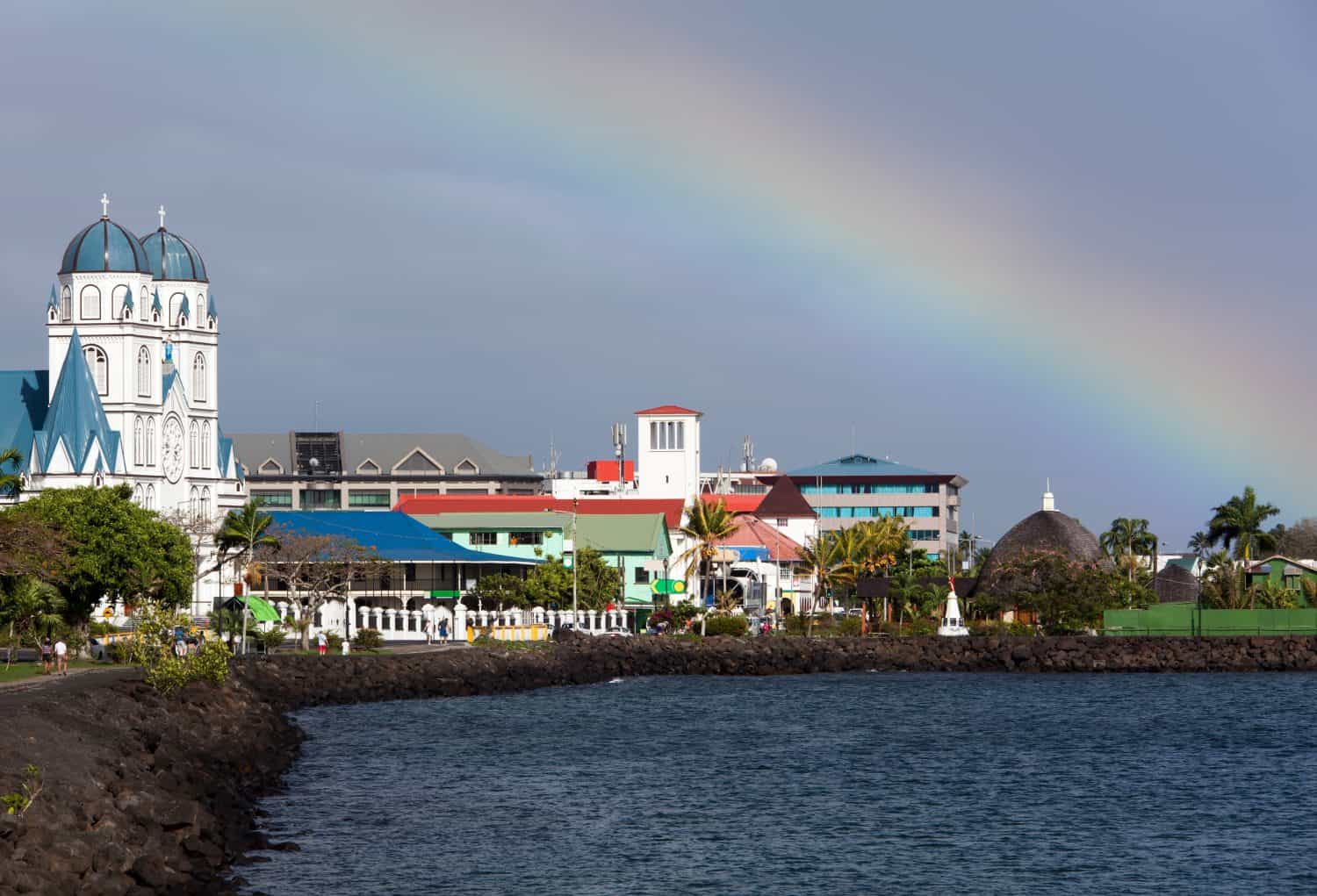
- Colonized: 1900-1914
- Modern country: Samoa
- German Samoa was occupied by New Zealand during World War I. It is now the independent country of Samoa. It should not be confused with the neighboring island of American Samoa, a territory of the United States.
Nauru
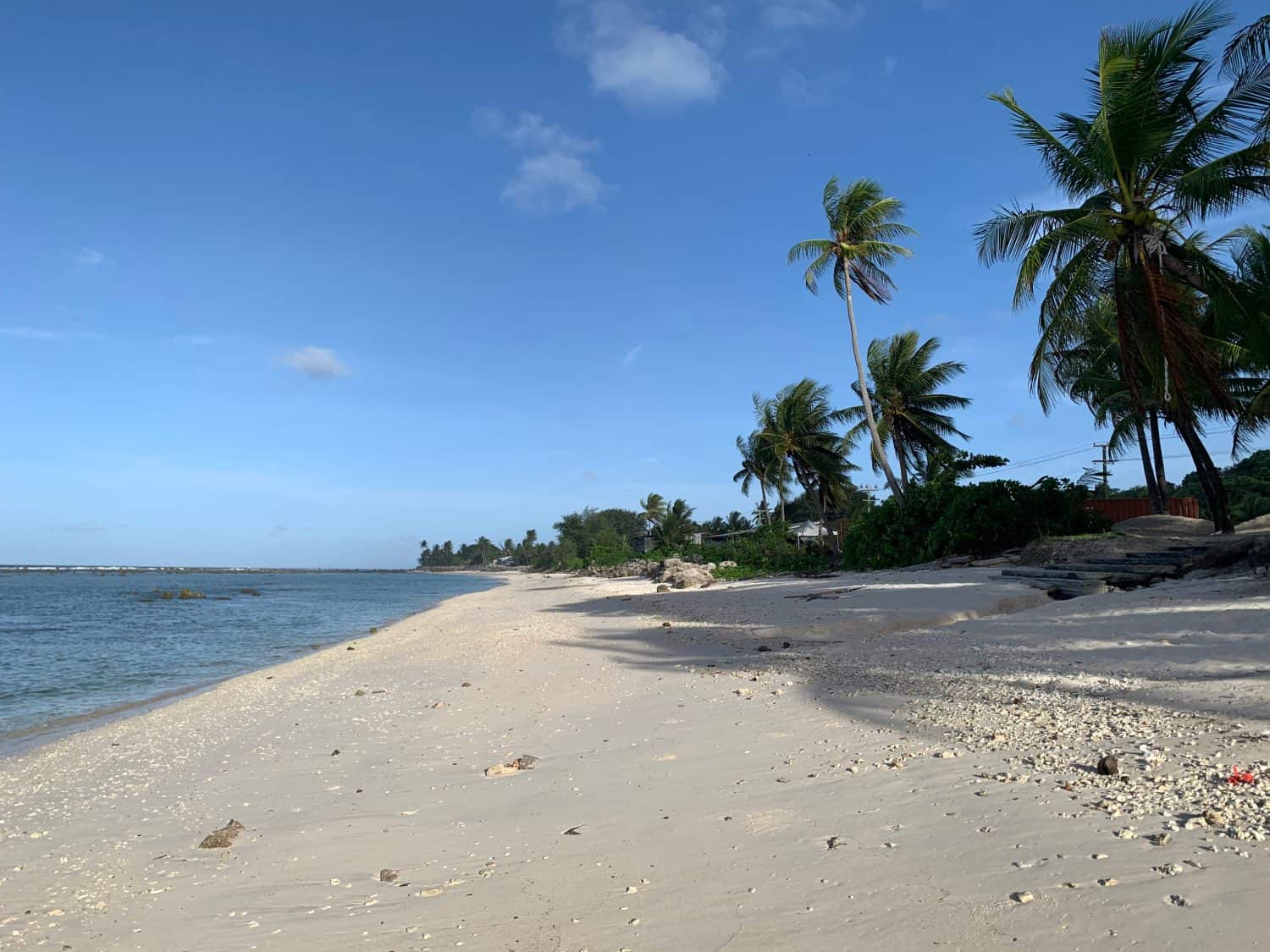
- Colonized: 1888-1914
- Modern country: Nauru
- Germany took over in 1888 and ended a civil war on the island. After World War I, the country was jointly administered by the UK, Australia, and New Zealand until independence.
Caroline Islands
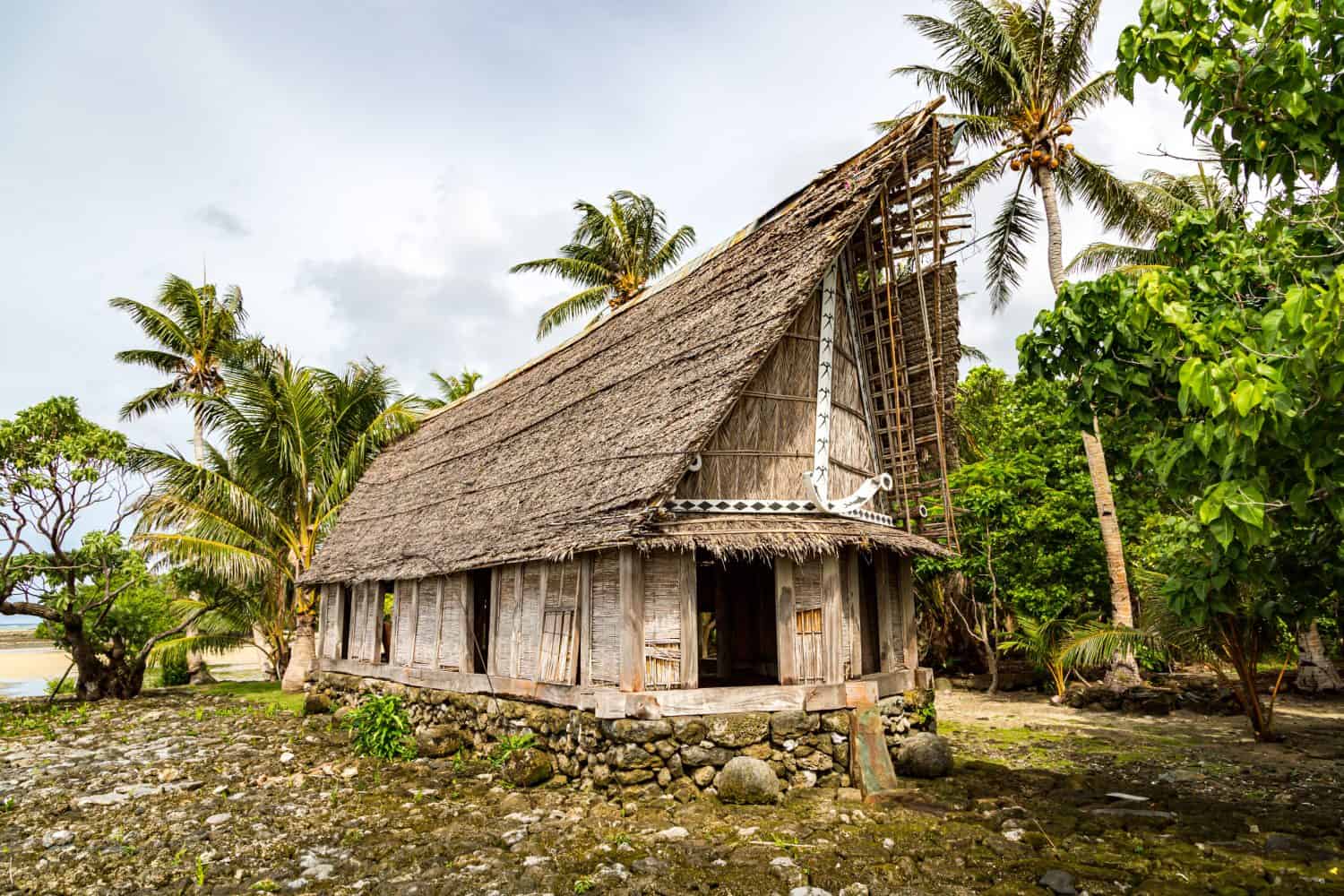
- Colonized: 1888-1914
- Modern country: the Federated States of Micronesia
- Germany purchased these islands from Spain in 1899 after Spain’s defeat by the United States in the Spanish-American War. Japan took them over after World War I and the United States administered them after World War II. Most of this island chain is now part of the Federated States of Micronesia a fully independent country.
Mariana Islands
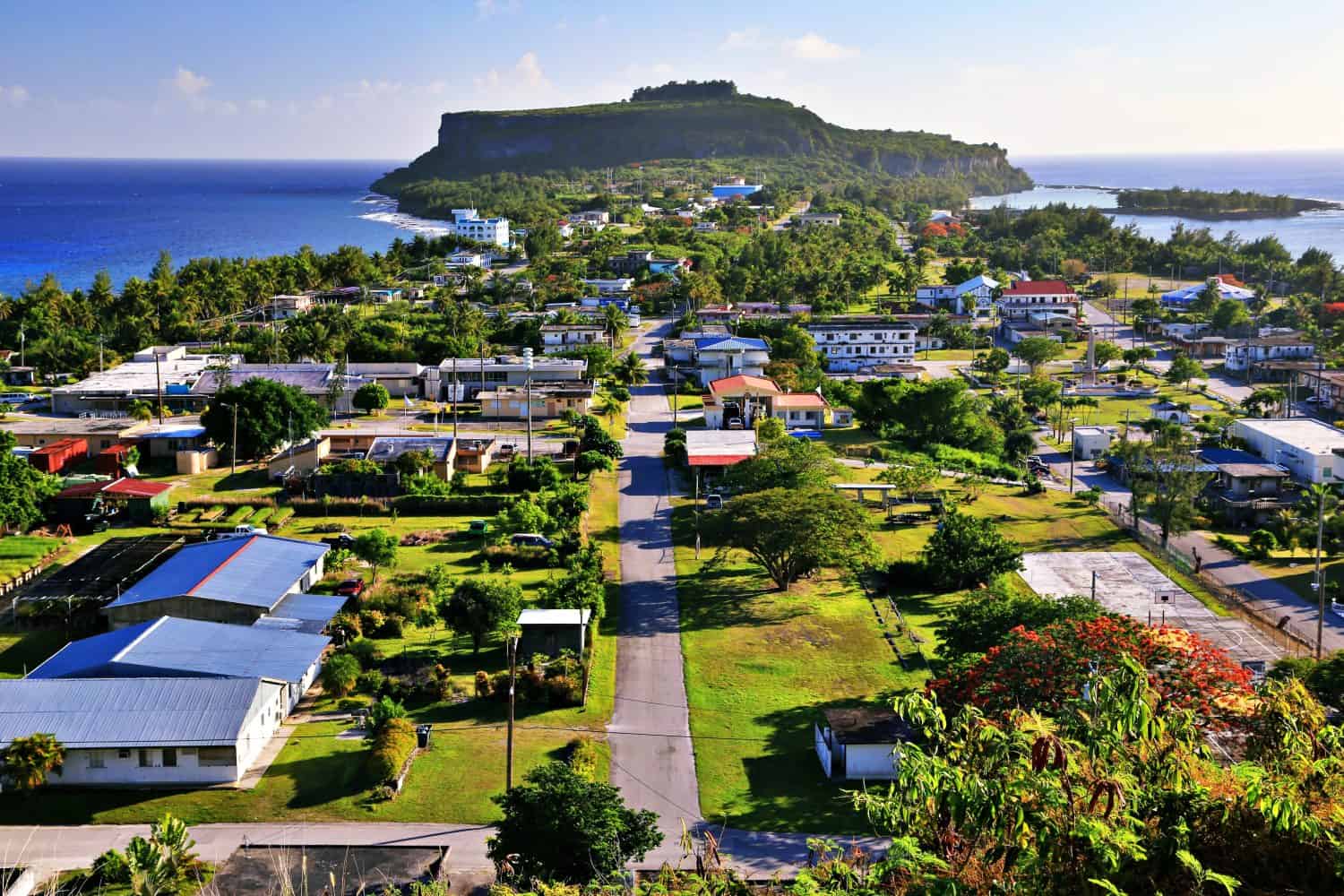
- Colonized 1884-1914
- Modern country: a territory of the United States
- Germany purchased these islands from Spain in 1899 after Spain’s defeat by the United States in the Spanish-American War. Japan occupied them between the World Wars. The United States has administered them since the end of World War II. The islanders voted to remain part of the United States rather than seeking independence.
Palau Islands

- Colonized: 1885-1914
- Modern country: Republic of Palau
- This group of about 340 small islands were purchased from Spain in 1899 after Spain’s defeat by the United States in the Spanish-American War. Japan ruled them after World War I and the United States took control of them after World War II. They are now the independent Republic of Palau.
Chinese Leasehold of Kiautschou (Qingdao)
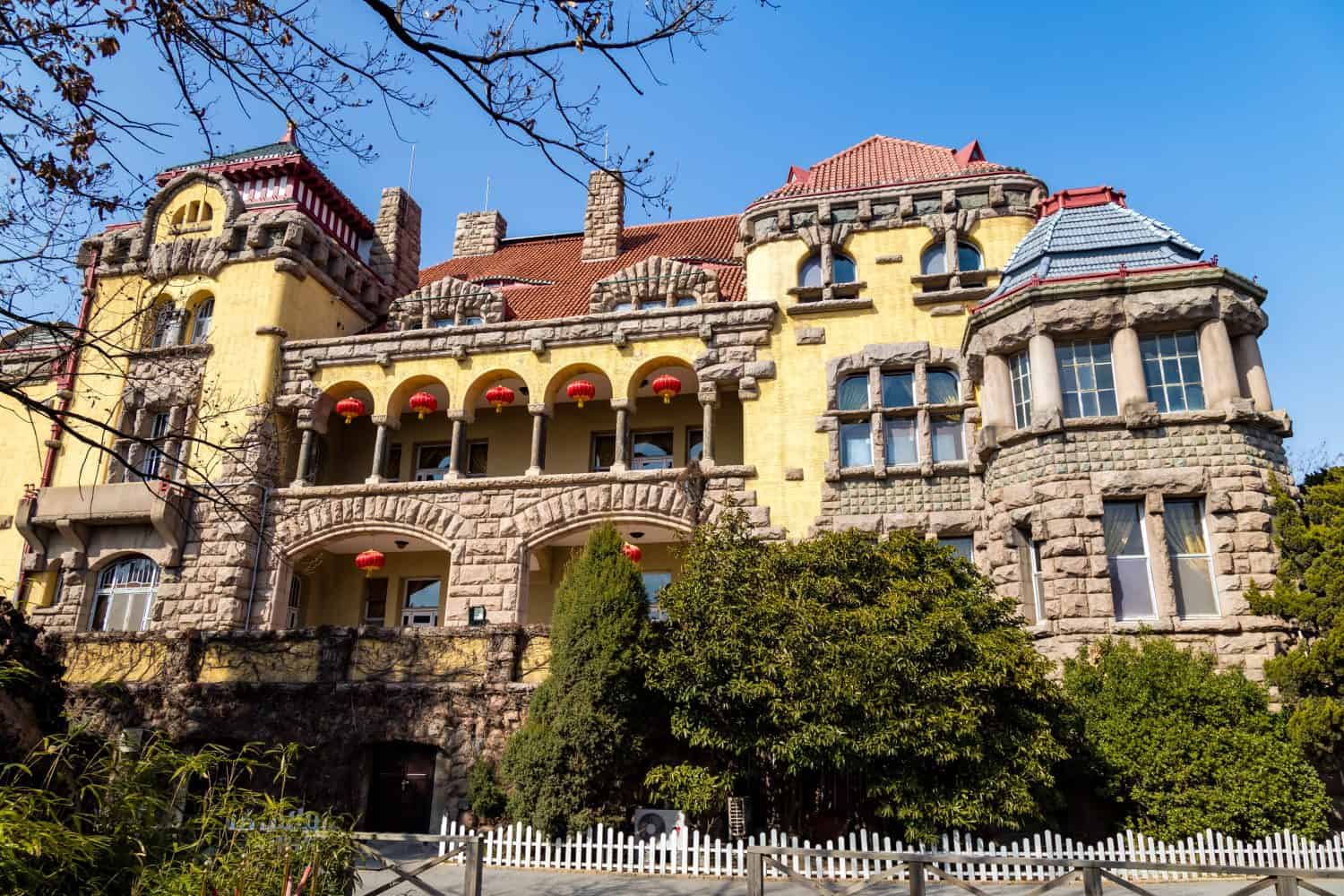
- Colonized: 1898-1914
- Modern country: the city of Qingdao, China
- This German colony was an important port in China due west from South Korea. Japan declared war on Germany in 1914 because it wanted to gain possession of it. However, they had to turn it over to the Chinese under the terms of the Washington Conference of 1921-22, which was an effort to reduce tensions and control the naval arms race between major powers in the Pacific.
- Colonial architecture, such as the Governor’s House pictured in the photo, and an international beer festival are lingering German cultural influences.
Get Ready To Retire (Sponsored)
Start by taking a quick retirement quiz from SmartAsset that will match you with up to 3 financial advisors that serve your area and beyond in 5 minutes, or less.
Each advisor has been vetted by SmartAsset and is held to a fiduciary standard to act in your best interests.
Here’s how it works:
1. Answer SmartAsset advisor match quiz
2. Review your pre-screened matches at your leisure. Check out the advisors’ profiles.
3. Speak with advisors at no cost to you. Have an introductory call on the phone or introduction in person and choose whom to work with in the future
Get started right here.
Thank you for reading! Have some feedback for us?
Contact the 24/7 Wall St. editorial team.